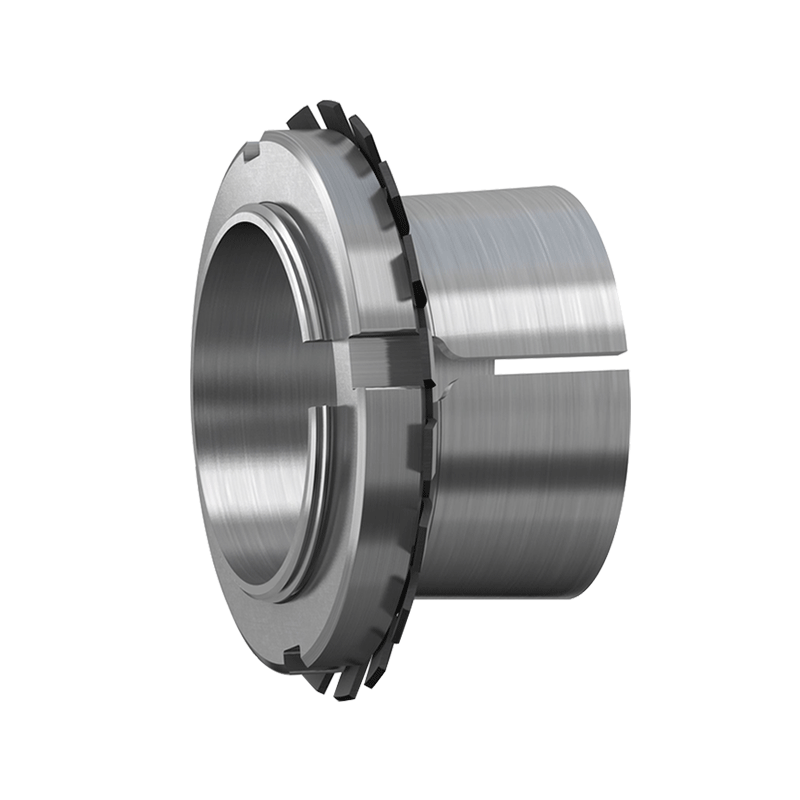Misalignment Handling
Self-Aligning Capability: Spherical roller bearings are engineered with a self-aligning feature due to their unique internal geometry. These bearings feature an outer ring with a spherical raceway and two rows of rollers. This spherical shape of the outer raceway allows the bearing to accommodate angular misalignment between the shaft and housing, typically up to 1 to 2 degrees. The ability to self-align reduces the impact of misalignment on the bearing's operational performance, thereby mitigating the risk of premature failure and extending the service life of both the bearing and associated machinery.
Flexible Raceways: The spherical outer raceway of the spherical roller bearing facilitates a flexible alignment mechanism. This design enables the inner ring and the rolling elements to align with the spherical surface of the outer ring. This inherent flexibility allows the bearing to absorb misalignment without generating excessive stress or vibration. Consequently, this helps maintain consistent operational reliability and performance, even in applications where shaft and housing alignment cannot be perfectly maintained.
Reduced Stress: By accommodating misalignment, spherical roller bearings effectively reduce the stress transmitted to the shaft and housing. This capability is crucial in applications where alignment may be challenging to control, such as in heavy machinery or equipment subject to dynamic forces. The reduction in stress helps prevent potential damage to other components and minimizes the risk of operational issues caused by misalignment.
Axial Load Handling
Axial Load Capacity: Spherical roller bearings are designed to support substantial axial loads in both directions. Their robust design, which includes two rows of cylindrical rollers, allows them to manage significant axial forces. This makes them particularly suitable for applications that involve heavy axial loads, such as in gearboxes, conveyor systems, and mining equipment.
Radial and Axial Load Combination: These bearings are adept at handling a combination of radial and axial loads simultaneously. The arrangement of the rollers and the spherical outer raceway ensures effective load distribution. This design capability is essential in applications where both types of loads are present, such as in rotating machinery and heavy-duty equipment, where balanced load handling contributes to improved performance and longevity.
Load Distribution: The design of spherical roller bearings promotes an even distribution of axial loads across the bearing surfaces. The rollers, which are oriented in two rows, facilitate uniform load distribution, reducing localized stress and enhancing the bearing’s ability to operate under high-load conditions. This efficient load distribution contributes to greater durability and reliability, particularly in high-load and demanding environments.



 English
English Deutsch
Deutsch























